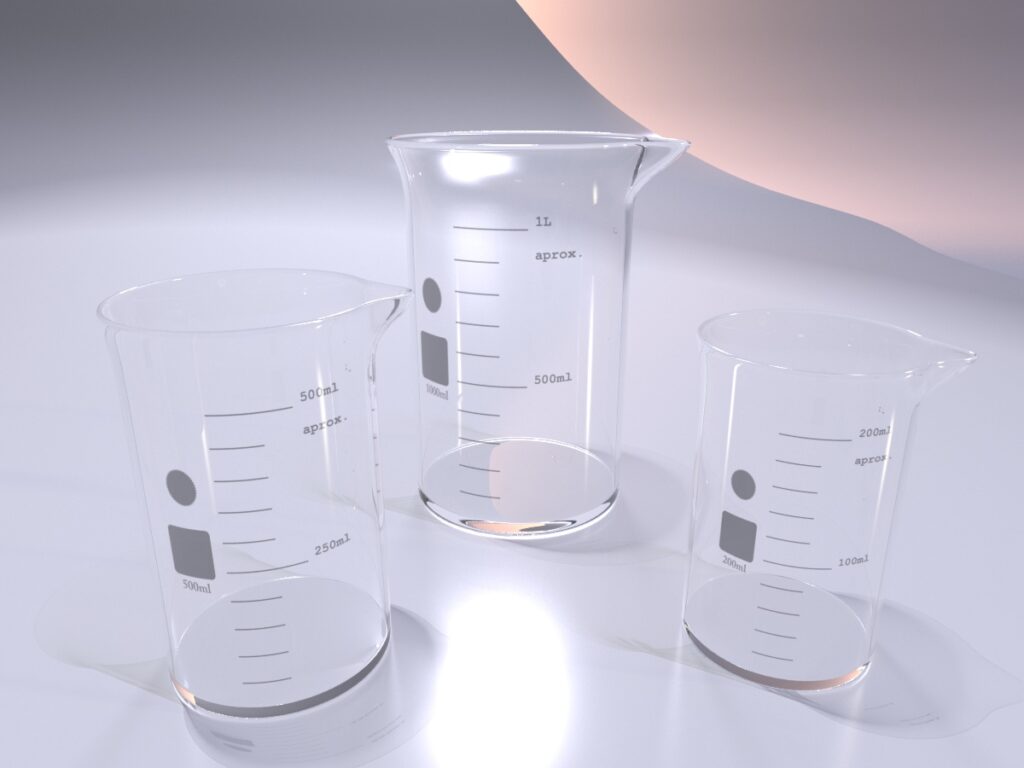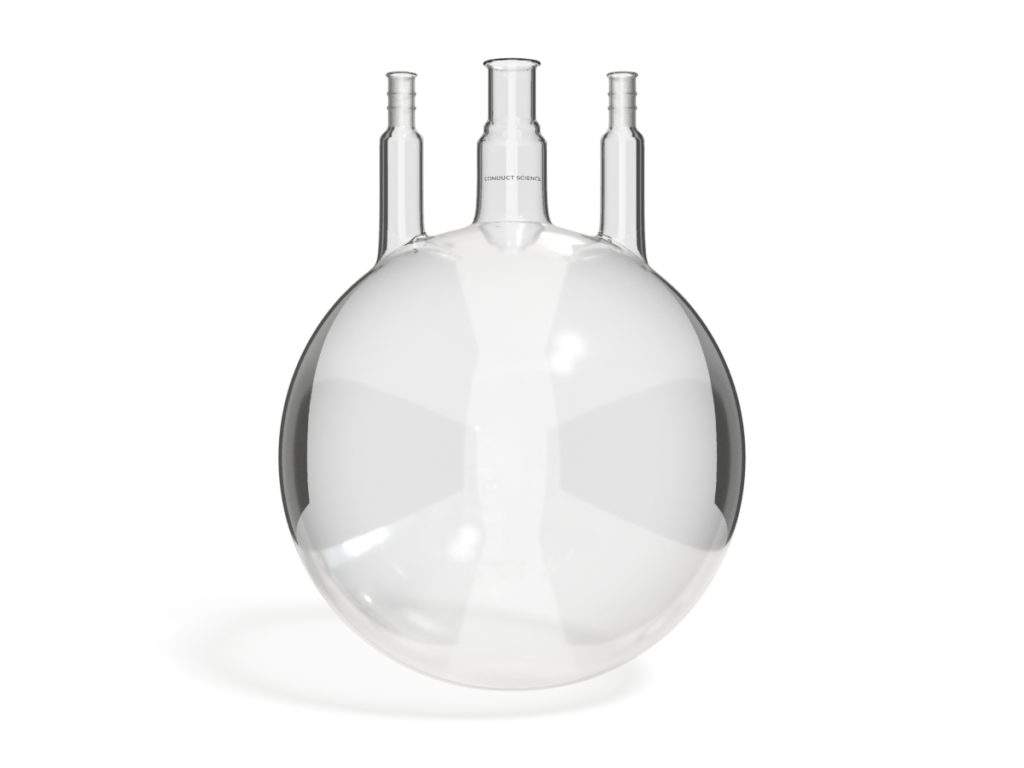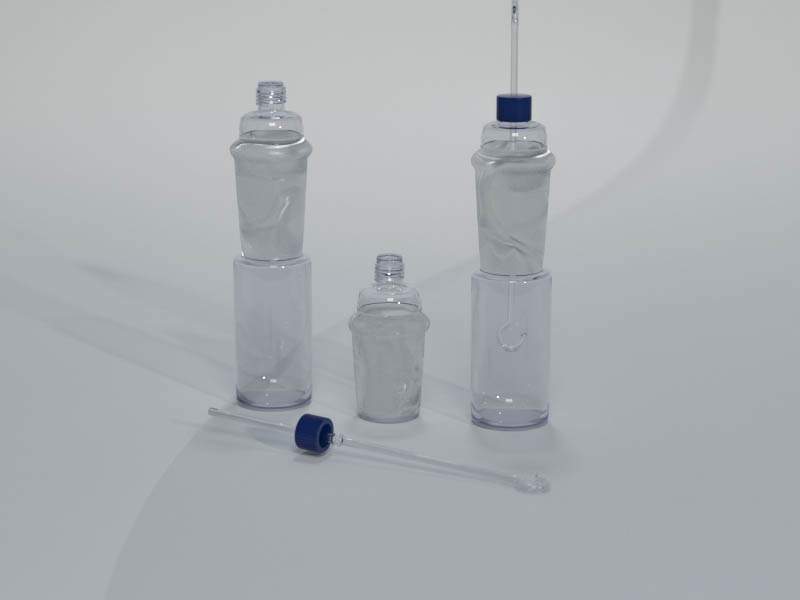There are three major categories of glass used in the laboratory. These categories include soft glass, hard glass, and high-temperature and UV-transmission glass.
Soft Glass
The soft glasses are physically softer than other glasses as they abrade more easily. Besides, these glasses tend to maintain their soft working properties over a higher temperature range. The most common type of soft glass is the soda-lime glass. The soda-lime glass is a mixture of carbonate of sodium or sodium oxide (Na2O), and calcium oxide (CaO) or magnesium oxide (MgO). Because of its lower energy demands (lower melting temperatures) and longer working times, it is the most inexpensive type of glass to manufacture laboratory glassware. The quality of a soft glass is based on the proportions of its constituent materials. Typically, 8% to 12% lime (by weight) and 12% to 17% soda (by weight) are used to make the soft glass. Too high lime concentration levels may cause devitrification during the manufacturing process. On the other hand, too low lime concentration can subject the glass to natural weathering and water attack. In addition to the soda-lime glass, sodium silicate and lead glass are examples of soft glass.
The significant disadvantage of using soft glass for laboratory glassware is that any apparatus made with these glass types are essentially non-repairable. Also, the laboratory apparatus made of soft glass is likely to shatter when the flame of a gas-oxygen torch touches them as its thermal coefficients of expansion are relatively high.
Hard Glass
Hard glass has been given the name “hard” because of its ability to resist abrasion impact over three times the level of soft glass. Also, it sits at a higher temperature and, gets “harder” faster. Because of the lower thermal coefficients of expansion of the hard glass they can withstand much greater thermal shocks than the soft glasses. Besides, the hard glasses are chemically resistant to alkaline solutions and many other chemicals. Borosilicate glass is the most common example of hard glass.
The High-Temperature and UV-Transmission Glass
The high-temperature and UV-transmission glasses are commonly known as “quartz” in the laboratory. Quartz glass is popular in the laboratory because of its outstanding thermal and UV-transmission abilities. Unlike other glasses that deform and melt at temperatures more than 1200°C, quartz glass maintains a rigid shape. Besides, because of the extremely low thermal coefficient of expansion (approximately 5.0 x 10″7 Acm/cm/°C), it can withstand thermal shock that would likely smash all other glasses. Quartz glass transmits the broadest spectrum of light frequencies as compared to other glass types.



